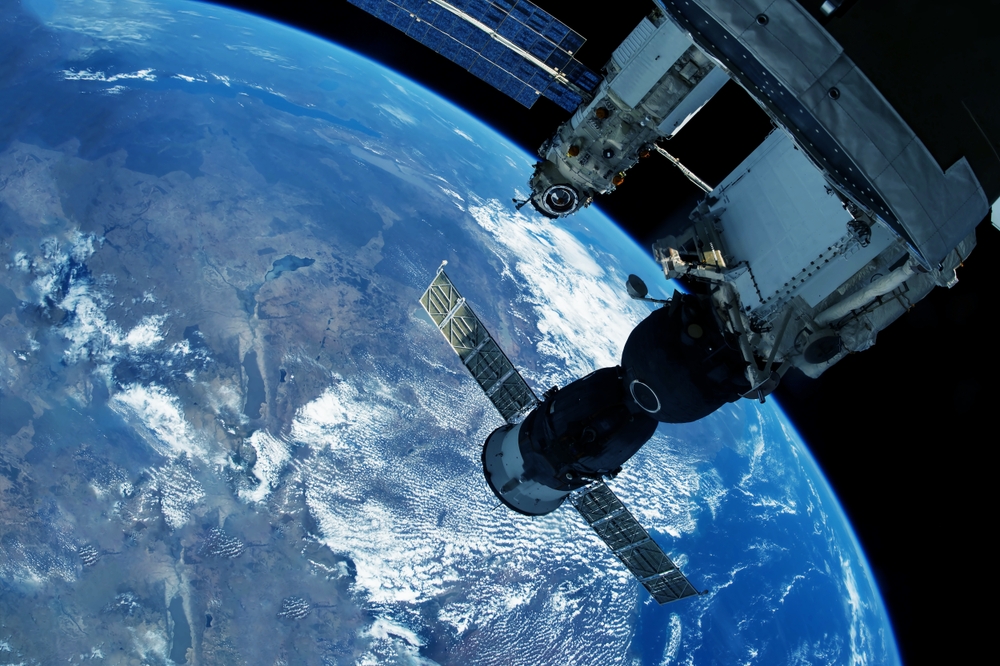All members were transported to the medical unit.
Others are reading now
Four astronauts — three from NASA and one cosmonaut from Russia — returned to Earth early Friday morning after a record eight-month mission aboard the International Space Station (ISS).
Just a Precaution
The crew landed safely in a SpaceX Crew Dragon capsule in the Gulf of Mexico, off the coast of Florida, following a series of delays due to hurricanes and challenging weather, NASA announced.
The crew, consisting of NASA astronauts Matthew Dominick, Michael Barratt, and Jeanette Epps, along with Russian cosmonaut Alexander Grebenkin, was immediately transported to a local medical facility as a “precaution,” according to NASA and Digi24.
While the crew had undergone a standard medical evaluation upon exiting the capsule, the agency stated that all members were transported to the medical unit “out of an abundance of caution” but provided no specific details.
Also read
NASA typically does not disclose detailed health information on astronauts, and the agency declined to provide additional comment on the reasoning behind this precaution.
Delayed due to Hurricanes
NASA and SpaceX successfully retrieved the crew, with an official stating that “the crew is doing great.”
However, NASA noted two minor issues with the parachutes on the Crew Dragon capsule, which has now completed five orbital missions.
Richard Jones, deputy director of NASA’s Commercial Crew Program, explained that one parachute took slightly longer to deploy than expected, and the drogue chute had minor impact marks from space debris. Jones emphasized that neither of these incidents posed any safety risks to the crew.
Friday’s splashdown marks the conclusion of the longest mission to date aboard a SpaceX Crew Dragon, extending 702 cumulative days on orbit.
This extended ISS mission was unique, surpassing the typical six-month duration, and enabled additional scientific research to be conducted on the station. The SpaceX capsule, initially scheduled to return earlier, faced delays due to two hurricanes in the Gulf, making this landing an eagerly anticipated event for the agency and families of the crew.
SpaceX, the private company owned by Elon Musk, has served as NASA’s primary contractor for astronaut transport to the ISS since 2020, providing reusable spacecraft with Crew Dragon.
Boeing’s Starliner, initially designed to be the second option for NASA, has faced a series of technical issues and is still undergoing testing before it will be used for crewed missions.


